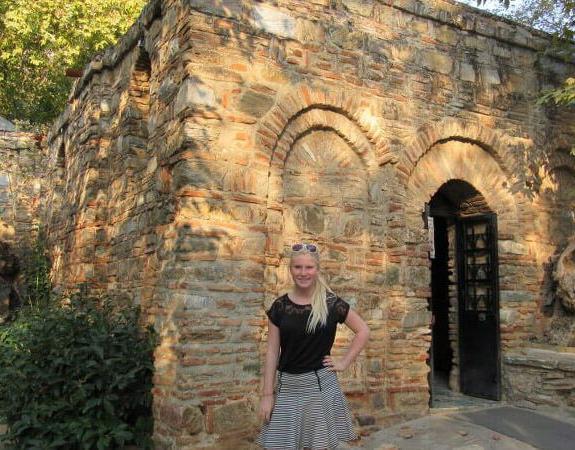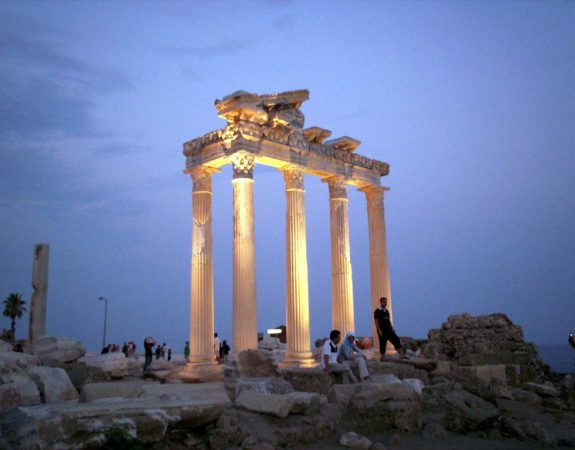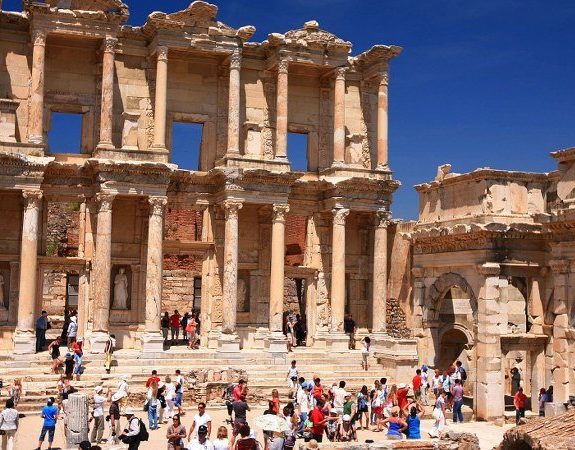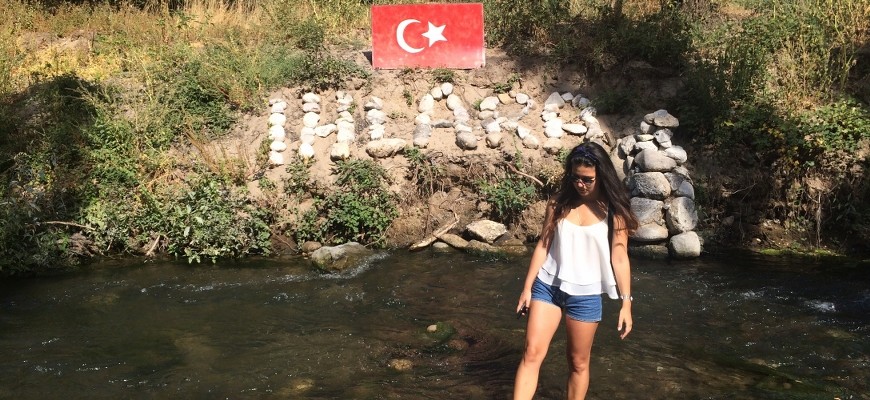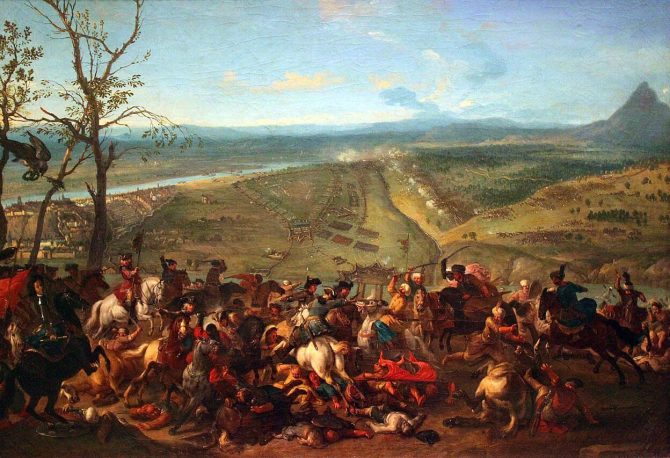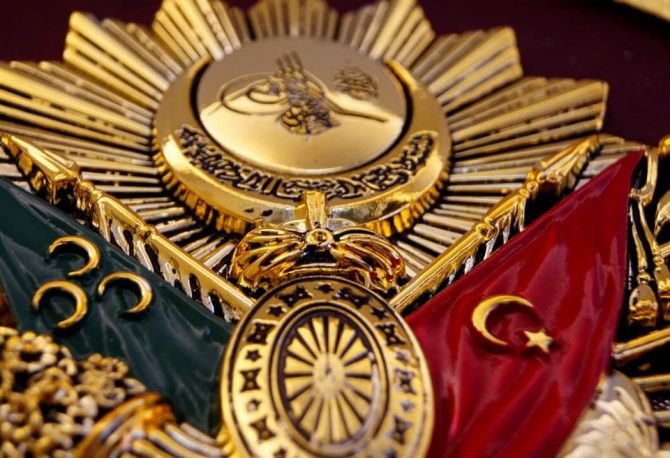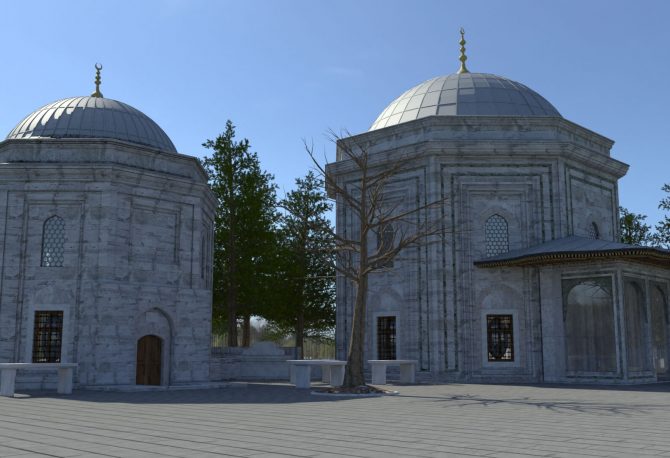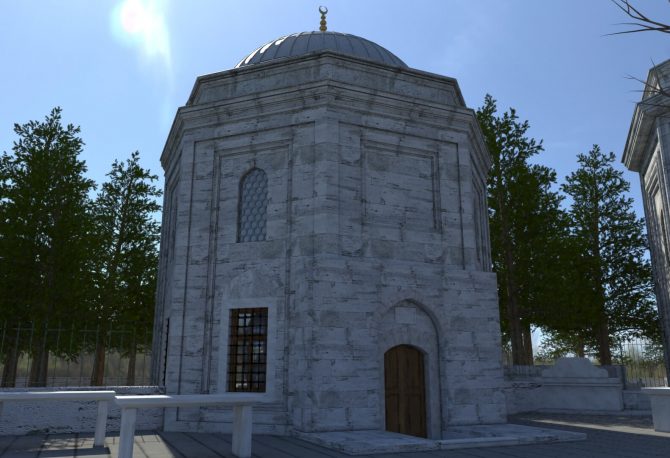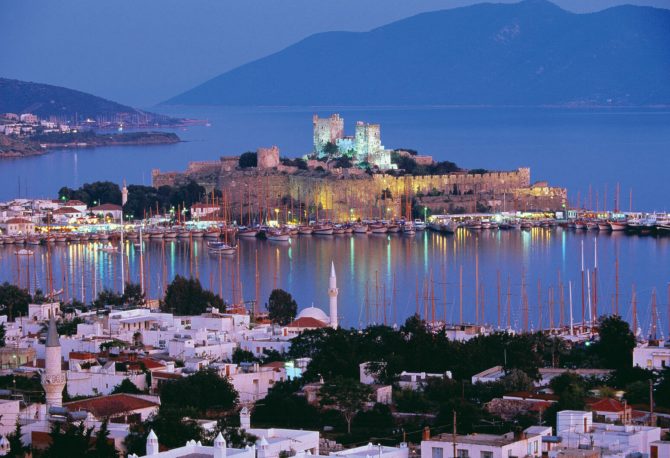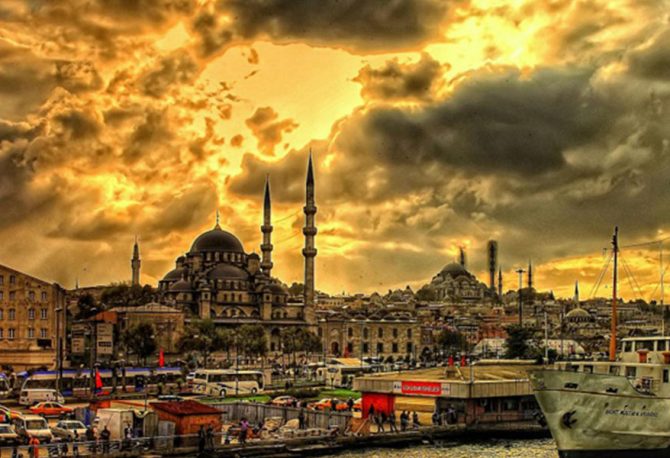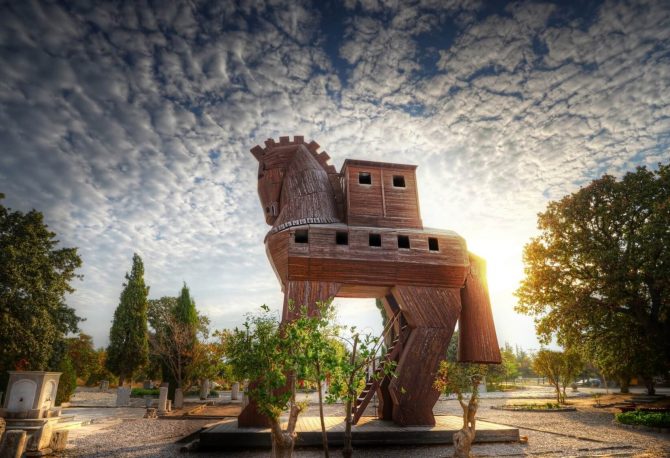First read the first chapter: The Ottoman Empire HOW SULEYMAN THE MAGNIFICENT GOT HIS NAME In 1520, Süleyman inherited an Ottoman Empire fresh from con- Accession of quests in Egypt, Syria and the Arabian peninsula. As Sultan (1520-66), the land-hungry Süleyman doubled the empire’s size again, securing borders from the Balkans to Iraq and south
THE EARLY YEARS The Beylik Period, which began after Selçuk centralized power collapsed in 1335, featured fragmented politics and competing fiefdoms (beylik). In the free for all land grab that followed the disintegrating Sultanate of Rum, a minor chieftain named Osman claimed the northwest corner near’ Bursa in 1326 and expelled the Byzantines. Though the
First read the first chapter: The Great Seljuk Sultane Taking advantage of a weakened Byzantine empire, Sultan Kay-Khosrow I (1192-1205) recaptured Konya in 1205 with the aid of frontier Turkmen tribes. The Sultanate of Rum was reunified and expanded vigorously to the west and to the north, absorbing the remnants of the Byzantine Empire. The
THE ARRIVAL OF THE TURKS Subsequently, the Turkmen tribes split off into a confederacy loosely based in the western steppes. The Selçuks belonged to one of the Oğuz Clans that had migrated westward in the 9th century. Based near the Aral Sea, several clans of the Oğuz under the leadership of their chief, Selçuk, broke
CHRISTIANITY AND THE BYZANTINE EMPIRE (AD 36-1000) In AD 36, St. Paul the Apostle traveled through Asia Minor, spreading Christianity and establishing the seven Churches of Revelation. From Antioch, through Cappadocia, and into Greece, he converted Gentiles while raising the ire of local Jews and pagans. Persecution only lessened in 251, with the third century,
ALEXANDER THE GREAT AND THE PAX ROMANA Persian hegemony over Asia Minor lasted until 333 BC, when their army was routed by Alexander the Great at İskenderun It was during this campaign that Alexander chose to slice rather than untie the mythical Gordion knot, thereby making himself the master of Asia (Gordion). Alexander’s conquests disseminated
ANCIENT ASIA MINOR (7000 BC-AD 36) FROM HITTITES TO HELLENES The beginning of the Neolithic Era in 7000 BC heralded the development of settlements and agriculture. Though the oldest evidence of settlements in Turkey is at Hacilar, 25km southeast of Burdur, the most impressive is Qatalhoyiik on the Konya Plain, where early settlers traded razor
Read the first chapter first: Life and Time in Turkey FLORA & FAUNA Along the Mediterranean and Aegean shores, scattered forests alternate with low herbaceous growth. Once covered in dense forest, Central Anatolia has been logged for centuries and now has abundant grasslands and grain fields. The Black Seashore has thick humid deciduous forests and
LAND GEOGRAPHY Turkey straddles two continents. In geographical terms, only 3 percent of the country Turkish Thrace is European. The vast majority of Turkey, known as Anatolia, lies in Asia between the Mediterranean and Black Seas. Turkey is a relatively big country: it’s some 1700km between the Bulgarian and Armenian borders, for instance, and about 1000km
THE TURKISH RIVIERA (12 DAYS) A wonder of the party world, Bodrum is the place to pursue hard-core hedonism, whether on a sun-soaked beach or in an open-air dance club. Recover aboard a relaxing Blue Journey boat ride to one of the many nearby Turkish islands and beaches. Or hop a continent via a short



